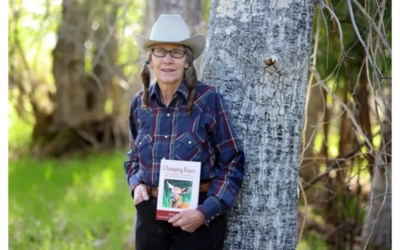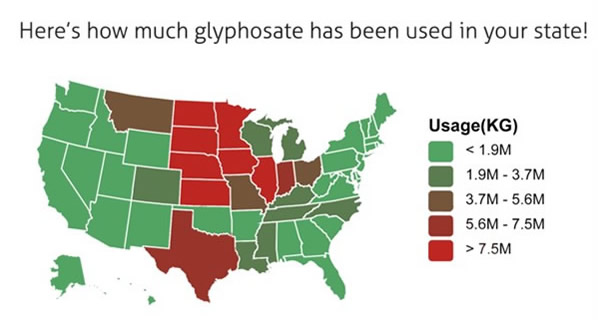As an organisation, we’ve always had a complicated relationship with regenerative agriculture; this is probably no surprise to anyone who has followed our work for any length of time. But in some ways, we’ve shied away from really diving into the conversation, partly just because it’s really complicated and difficult to talk about things that fall into so many grey areas. We wanted to wait until we had found some more of the language to talk about it productively, but with time, we’ve realised that there will probably never be a time where our views on the subject feel ‘complete’ or neatly packaged and ready to share. So why not talk about it now?
Anyone who is even remotely tuned into the food system knows that regenerative agriculture is having a moment. Regenerative agriculture, for those who don’t know, is an idea and set of practices that promise to reverse climate change by returning atmospheric carbon to soil. Worldwide, millions of dollars are flowing into new regenerative agriculture projects. Celebrities are rallying behind it. Organisations have cropped up to promote its uptake. Schools have opened across the world teaching its principles. And it’s not hard to understand why—soil depletion and environmental degradation in agriculture are real and pressing issues, and there’s also something intellectually appealing about ‘regeneration’ as a concept in this particular moment in history. We’re becoming acutely aware of how extractive and degenerative our relationship with the planet has become. An alternative like ‘regeneration’ that evokes renewal, rebirth, and reciprocity is undeniably attractive. There’s a spiritual element to it—the restoration of a severed relationship to the earth—that adds to the appeal. It’s easy to rally behind, partly because the picture it paints is a beautiful one—the dream of living in alignment with the earth’s systems, of restoring ecosystems, of healthy soil, healthy food, healthy lives.
CONTINUE READING ON A GROWING CULTURE

